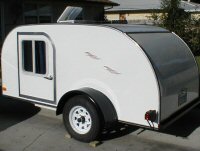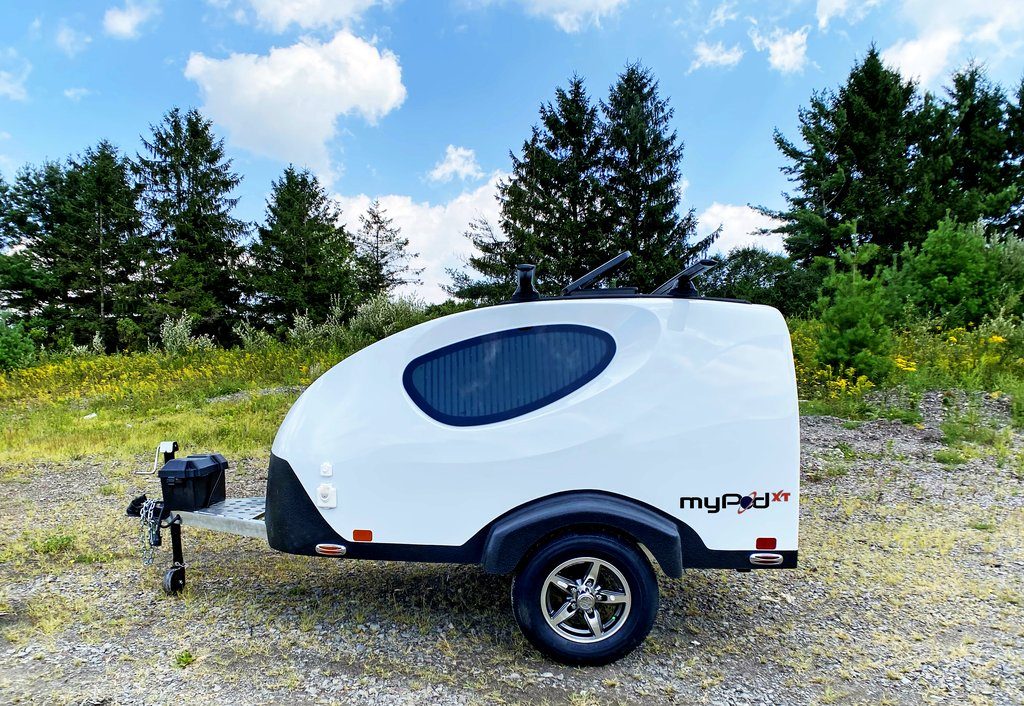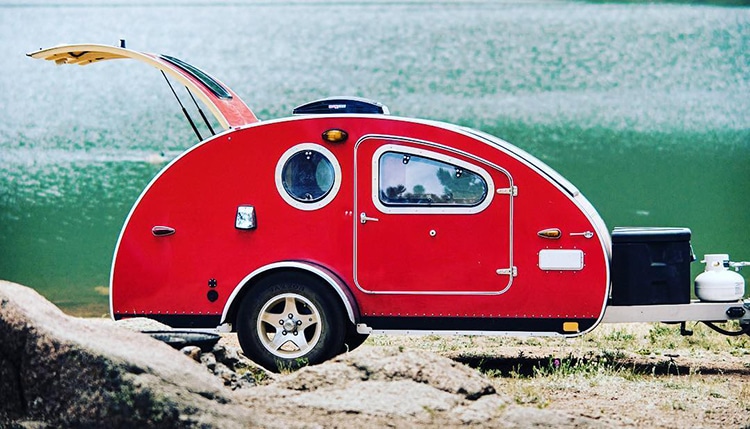Spin the teardrop around
31 posts
• Page 1 of 3 • 1, 2, 3
Spin the teardrop around
Seeing the squaredrop designs and some of the more curved designs I am wondering about which would have less drag. While the teardrop shape looks wing-like the great slope of the back may not be doing much to aid aerodynamics. From what I recall a slope greater than 8-12 degrees results in separation of the airflow from the surface. With the teardrop spun around it would seem to cut the air better, the question is on the wake generated. With a raised back some have incorporated a lip on the back resulting in the air on top of the surface to curl under and fill in some of the negative pressure area reducing the wake.
Or so the theory goes. Anyone have some wisdom they can give to a confused builder?
Or so the theory goes. Anyone have some wisdom they can give to a confused builder?
- printer
- Teardrop Master
- Posts: 112
- Joined: Fri Sep 13, 2019 3:23 am
Re: Spin the teardrop around
your theory dose not work you have a tow vehicle in front messing up the airflow
Il suffit de le faire
fast, cheap, fiberglass/ foam stressed skin panels
viewtopic.php?f=50&t=73945
Build 4.5 by 8' using Trailtop fiberglass Components
http://tnttt.com/viewtopic.php?f=50&t=70729
fast, cheap, fiberglass/ foam stressed skin panels
viewtopic.php?f=50&t=73945
Build 4.5 by 8' using Trailtop fiberglass Components
http://tnttt.com/viewtopic.php?f=50&t=70729
-

saywhatthat - 500 Club
- Posts: 512
- Images: 135
- Joined: Sat Jun 11, 2016 3:31 am



















